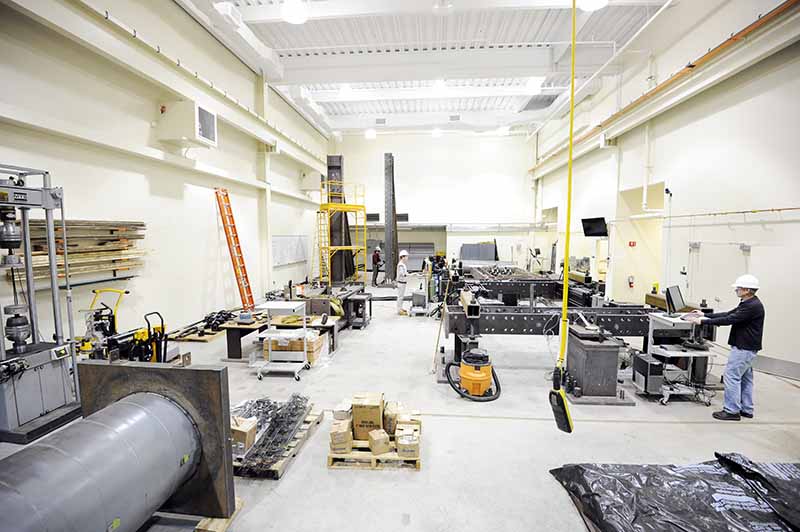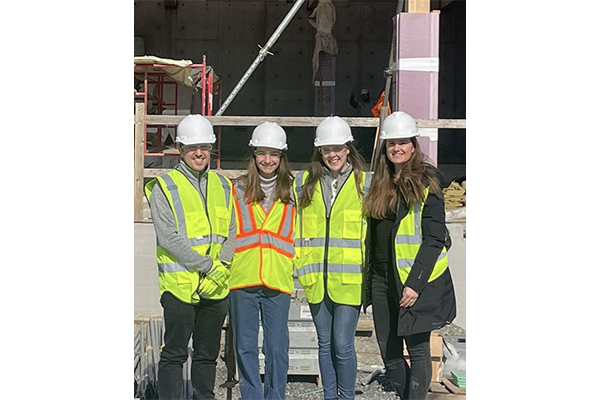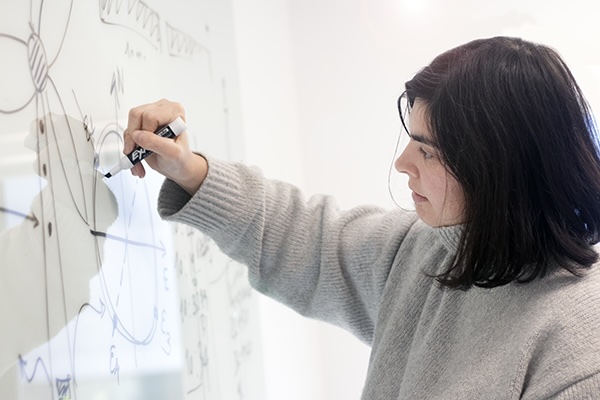Structures
Sustainability and Resilience Through Structural Engineering
Structural engineers design and create the world’s structures, from the most majestic, to the core fabric of communities. They innovate to create new types of structures to contribute to solutions of critical societal problems such as climate change.
Combining physics, mechanics, materials science, mathematics, computer simulation, experimental methods, architecture, policy, and a wide range of engineering skills, structural engineers develop structural solutions to address the use of novel construction materials and to develop new sustainable and resilient design and construction strategies.
In the modern economy, structural engineers are incorporating an increasing level of automation through the development of advanced sensors, data analytics, and robotics for construction, control, and structural health monitoring.
The Department of Civil and Environmental Engineering at Northeastern University is passionate about transforming the structural engineering profession to meet the needs of today and tomorrow. Traditionally, the primary design objectives in structural engineering have been twofold: life safety and efficiency. Our vision for the profession maintains the importance of these objectives, while elevating three additional premier design objectives: sustainability, resilience, and community.
Structures are critical to building a more sustainable and resilient society. The construction and operation of the built environment contributes heavily to natural resource consumption and carbon emissions. Structures are our homes, offices, stores, utility infrastructure, and the roads and bridges that are the foundation of our economy. They serve a vast multitude of purposes. They are inspiring symbols of beauty, form, and function. They are also robust assets, required to be hardened against natural and manmade disasters.
Design Objectives

Sustainability in structural engineering is envisioned as achieving net zero embodied carbon while reducing greenhouse gas emissions, material use, pollution, and waste.

Resilience in structural engineering is envisioned as designing built infrastructure to perform safely during a wide range of existing and emerging natural and manmade threats, and then rapidly returning to full operation.

Designing at the interface between the human and natural environment, civil and environmental engineers are conscious of how decisions affect the trajectory of communities.
Download Sustainable and Resilient Structures pdf
Facilities

Our research, both computational and experimental, is supported by Northeastern’s state-of-the-art Laboratory for Structural Testing of Resilient and Sustainable Systems (STReSS Laboratory), which enables experimental characterization of large-scale structural systems and components. Located on our Burlington, MA campus just north of Boston, the STReSS Laboratory is one of the most powerful facilities of its kind in the country. Our Burlington campus is also home to both an indoor and outdoor drone cage, utilizable for autonomous robotic sensing. The department also provides a laboratory and workspace on our Boston campus, including shaketables, a wide range of materials testing equipment, computational capacity, and a wind tunnel.
Innovative Curriculum
Structural engineering education has traditionally focused primarily on safety, cost control, and function, but global challenges have opened an exciting avenue of study in this critical profession. Northeastern’s curriculum respects this tradition, while openly embracing the future.
Our structures faculty are designing a unique curriculum to match their ambitious and critical research initiatives. Anchored by rigorous instruction in bedrock practices of structural, architectural, mechanical, wind, earthquake, and geotechnical engineering, our curriculum also incorporates new and emerging AI/ML techniques, big data, sustainability practices, and sensing technology for structural applications. Additionally, with a flexible curriculum, structures students may incorporate courses from our unique MS in Sustainable Building Systems degree program to bolster their understanding of energy and material usage in the built environment.
Degree Opportunities
Please contact us at civilinfo@coe.neu.edu with any questions about which degree may be right for you.
Those interested in undergraduate study of structures should consider the below degrees, anchored by Northeastern’s premier co-op program, allowing undergraduates to alternate academic study with periods of full-time employment in their field of study.
- BS in Civil Engineering (with structures electives path)
- BS in Civil Engineering and Architectural Studies
- For those interested in the intersection of form and function
- BS in Civil Engineering and Computer Science
- For those interested in structures study from a computational analysis and modeling viewpoint
- Minor in Architectural Engineering
Our MS degrees may be completed in as little as two semesters when pursued full-time.
News

Expanding a Structural Engineering Co-op Into a Full-Time Position
Terenia Hankewycz, civil engineering, E’22, was able to go more in-depth with each co-op in the civil engineering industry. With a particular focus on structural engineering, she returned to one of her co-ops full-time after graduation.

Improving Structural Health and Climate Change With Machine Learning
CEE Assistant Professor Eleonora Tronci is a structural engineer who uses machine learning to assess damage in civil structures and optimize wind farms while focusing on the adaptability of her research to climate change. She joined Northeastern in September 2023.